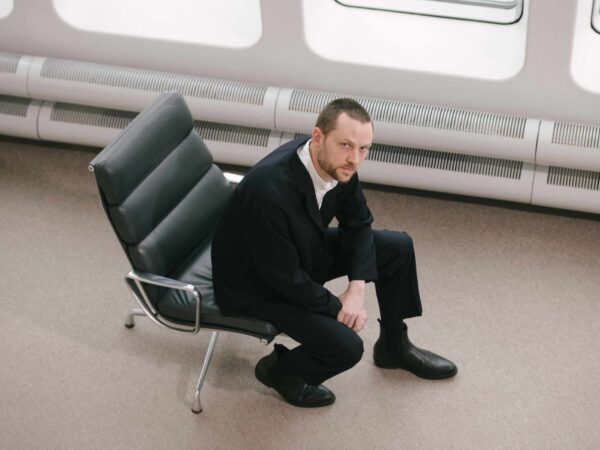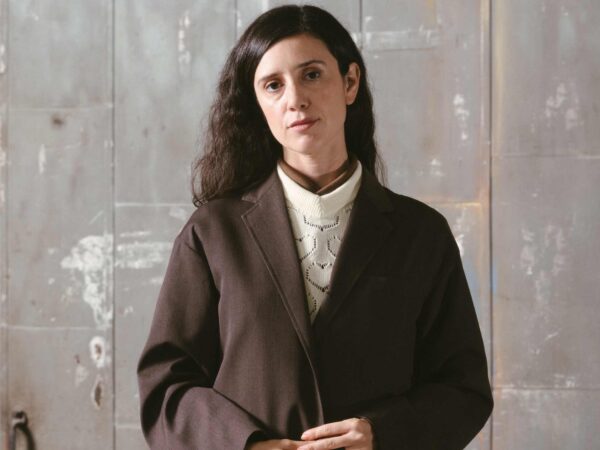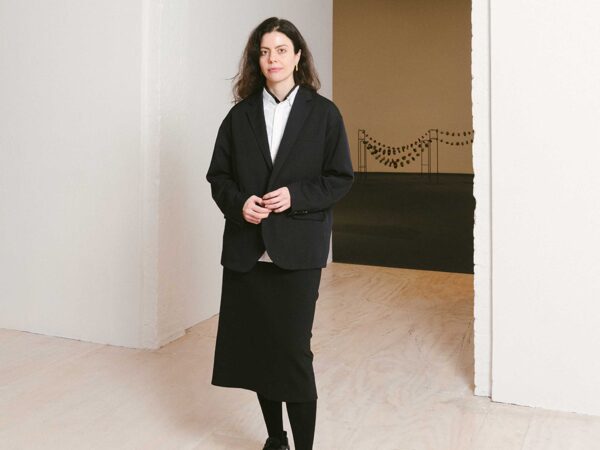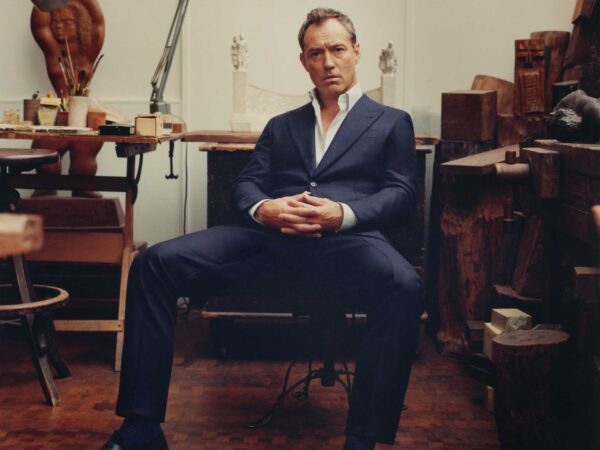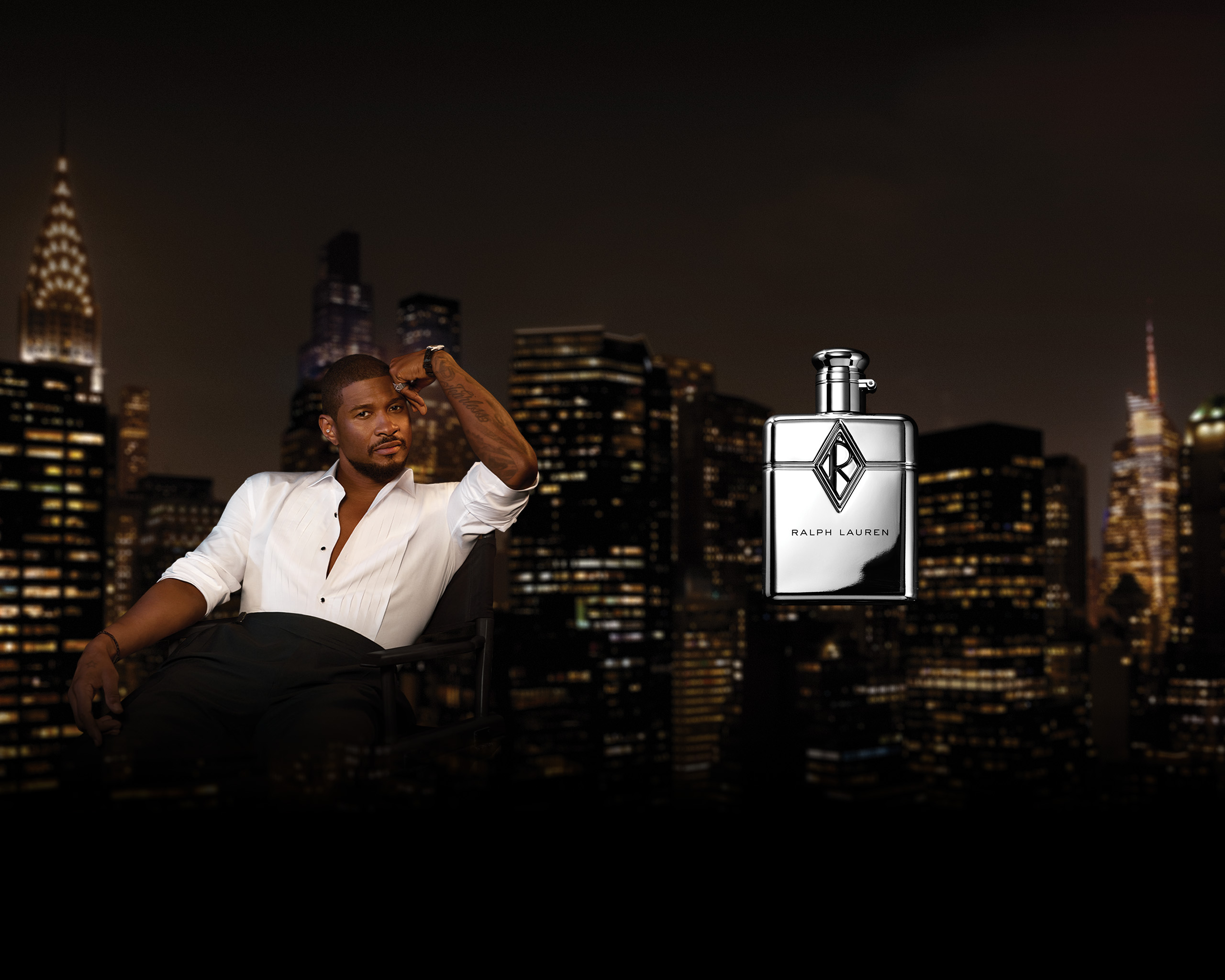While working as a carpenter at a theater in Kentucky, Boyd Holbrook was scouted as a model and quickly found himself working in Europe and in front of many of the most influential photographers’ cameras. But acting was always his goal, and after he submitted a screenplay to Gus Van Sant, the director was so impressed that he gave Holbrook a role in Milk, which led to parts in The Big C, and Gone Girl. When Dior Homme creative director Kris Van Assche needed to create a “cinematic moment” for the label’s Fall 2015 campaign, he and photographer Willy Vanderperre tapped the model-cum-actor for the starring role. From a set in New Orleans, Holbrook and Van Assche talk about their first encounter over a decade ago, where they are now, and what film means to them.
Kris Van Assche—We met over ten years ago when you—whether you wanted to be or not—were a model. Now for almost nine years, I’ve been at the helm of Dior Homme and we meet again but in a totally different manner: you being an actor, and me needing an actor much more than a model. So it’s funny how we both grew and ended up working together once again.
Above The Fold

Sam Contis Studies Male Seclusion

Slava Mogutin: “I Transgress, Therefore I Am”

The Present Past: Backstage New York Fashion Week Men’s Spring/Summer 2018

Pierre Bergé Has Died At 86

Falls the Shadow: Maria Grazia Chiuri Designs for Works & Process

An Olfactory Memory Inspires Jason Wu’s First Fragrance

Brave New Wonders: A Preview of the Inaugural Edition of “Close”

Georgia Hilmer’s Fashion Month, Part One

Modelogue: Georgia Hilmer’s Fashion Month, Part Two

Surf League by Thom Browne

Nick Hornby: Grand Narratives and Little Anecdotes

The New Helmut

Designer Turned Artist Jean-Charles de Castelbajac is the Pope of Pop

Splendid Reverie: Backstage Paris Haute Couture Fall/Winter 2017
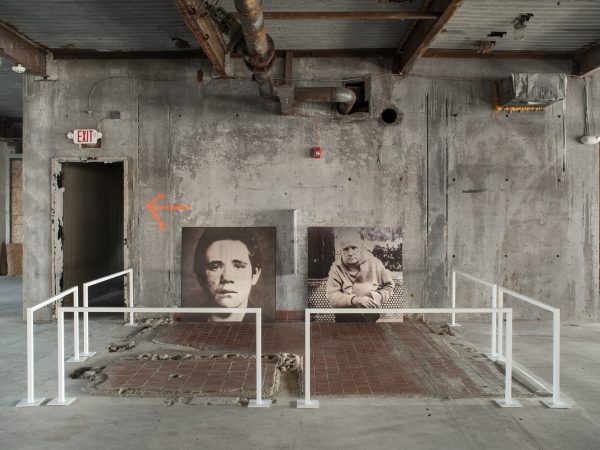
Tom Burr Cultivates Space at Marcel Breuer’s Pirelli Tire Building

Ludovic de Saint Sernin Debuts Eponymous Collection in Paris

Peaceful Sedition: Backstage Paris Fashion Week Men’s Spring/Summer 2018
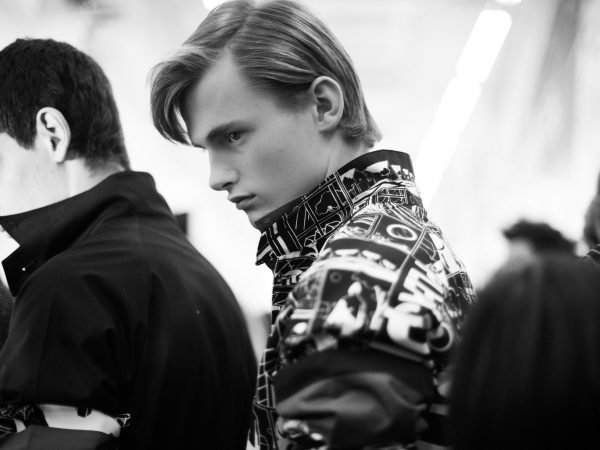
Ephemeral Relief: Backstage Milan Fashion Week Men’s Spring/Summer 2018

Olivier Saillard Challenges the Concept of a Museum

“Not Yours”: A New Film by Document and Diane Russo

Introducing: Kozaburo, 2017 LVMH Prize Finalist

Introducing: Marine Serre, 2017 LVMH Prize Finalist

Conscious Skin

Escapism Revived: Backstage London Fashion Week Men’s Spring/Summer 2018

Introducing: Cecilie Bahnsen, 2017 LVMH Prize Finalist

Introducing: Ambush, 2017 LVMH Prize Finalist

New Artifacts

Introducing: Nabil Nayal, 2017 LVMH Prize Finalist

Bringing the House Down

Introducing: Molly Goddard, 2017 LVMH Prize Finalist

Introducing: Atlein, 2017 LVMH Prize Finalist

Introducing: Jahnkoy, 2017 LVMH Prize Finalist

LVMH’s Final Eight

Escaping Reality: A Tour Through the 57th Venice Biennale with Patrik Ervell

Adorned and Subverted: Backstage MB Fashion Week Tbilisi Autumn/Winter 2017

The Geometry of Sound

Klaus Biesenbach Uncovers Papo Colo’s Artistic Legacy in Puerto Rico’s Rainforest

Westward Bound: Backstage Dior Resort 2018

Artist Francesco Vezzoli Uncovers the Radical Images of Lisetta Carmi with MoMA’s Roxana Marcoci

A Weekend in Berlin

Centered Rhyme by Elaine Lustig Cohen and Hermès

How to Proceed: “fashion after Fashion”

Robin Broadbent’s Inanimate Portraits

“Speak Easy”

Revelations of Truth

Re-Realizing the American Dream

Tomihiro Kono’s Hair Sculpting Process

The Art of Craft in the 21st Century

Strength and Rebellion: Backstage Seoul Fashion Week Autumn/Winter 2017

Decorative Growth
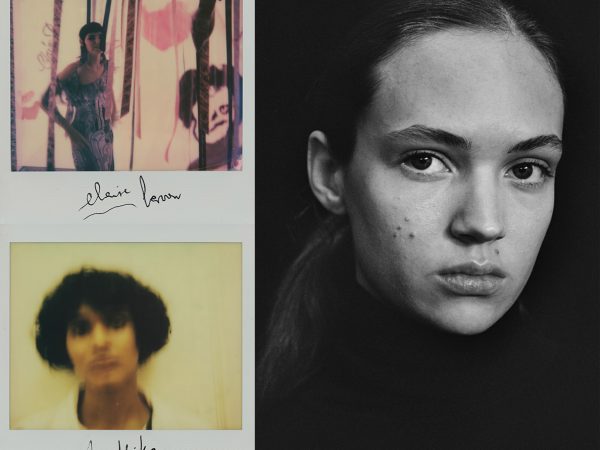
The Faces of London

Document Turns Five
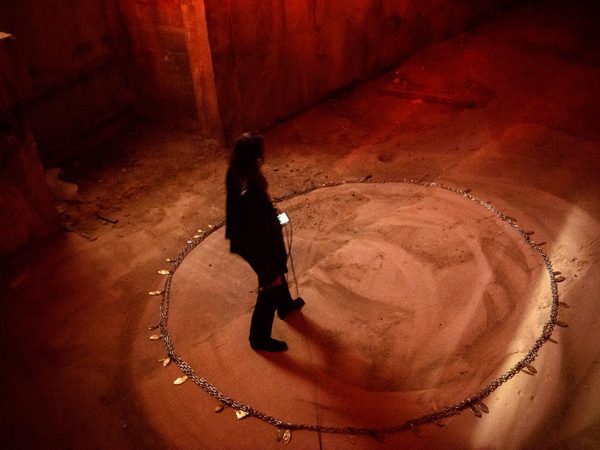
Synthesized Chaos: “Scholomance” by Nico Vascellari

A Whole New World for Janette Beckman

New Ceremony: Backstage Paris Fashion Week Autumn/Winter 2017
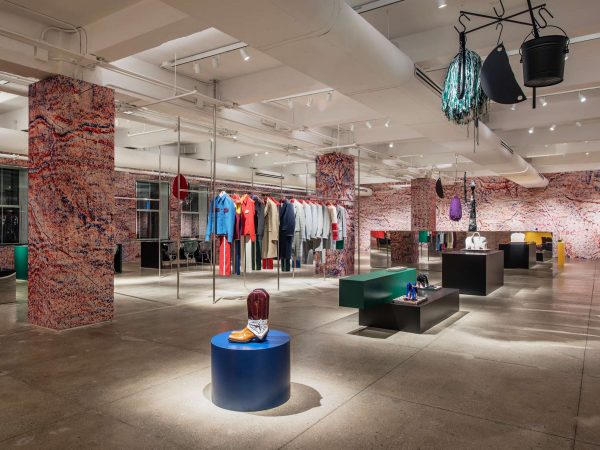
New Perspectives on an American Classic

Realized Attraction: Backstage Milan Fashion Week Autumn/Winter 2017

Dematerialization: “Escape Attempts” at Shulamit Nazarian

“XOXO” by Jesse Mockrin

Brilliant Light: Backstage London Fashion Week Autumn/Winter 2017

The Form Challenged: Backstage New York Fashion Week Autumn/Winter 2017

Art for Tomorrow: Istanbul’74 Crafts Postcards for Project Lift

Inspiration & Progress

Paskal’s Theory of Design

On the Road

In Taiwan, American Designer Daniel DuGoff Finds Revelation

The Kit To Fixing Fashion
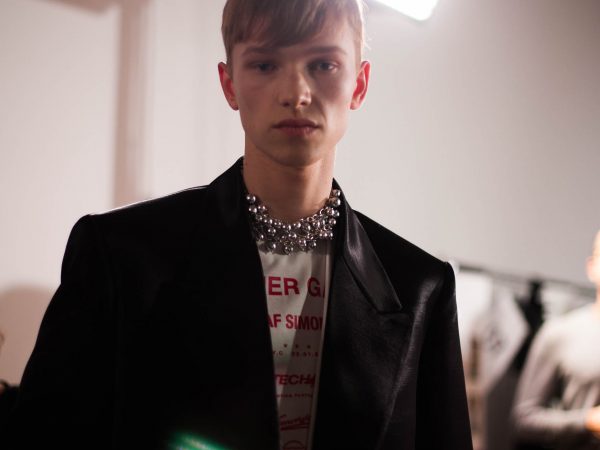
The Game Has Changed: Backstage New York Fashion Week Men’s Autumn/Winter 2017

Class is in Session: Andres Serrano at The School

Forma Originale: Burberry Previews February 2017

“Theoria”

Wearing Wanderlust: Waris Ahluwalia x The Kooples

Approaching Splendor: Backstage Paris Haute Couture Spring/Summer 2017

In Florence, History Returns Onstage

An Island Aesthetic: Loewe Travels to Ibiza

Wilfried Lantoine Takes His Collection to the Dancefloor

A Return To Form: Backstage New York Fashion Week Spring/Summer 2018

20 Years of Jeremy Scott

Offline in Cuba

Distortion of the Everyday at Faustine Steinmetz

Archetypes Redefined: Backstage London Fashion Week Spring/Summer 2018

Spring/Summer 2018 Through the Lens of Designer Erdem Moralıoğlu

A Week of Icons: Backstage Milan Fashion Week Spring/Summer 2018

Toasting the New Edition of Document

Embodying Rick Owens

Prada Channels the Wonder Women Illustrators of the 1940s
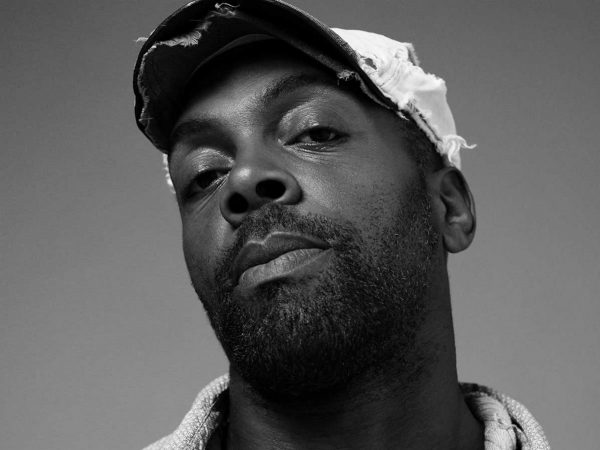
Andre Walker’s Collection 30 Years in the Making

Fallen From Grace, An Exclusive Look at Item Idem’s “NUII”

Breaking the System: Backstage Paris Fashion Week Men’s Autumn/Winter 2017

A Modern Manufactory at Mykita Studio

A Wanted Gleam: Backstage Milan Fashion Week Men’s Autumn/Winter 2017

Fashion’s Next, Cottweiler and Gabriela Hearst Take International Woolmark Prize

Beauty in Disorder: Backstage London Fashion Week Men’s Autumn/Winter 2017

“Dior by Mats Gustafson”

Prada’s Power

George Michael’s Epochal Supermodel Lip Sync

The Search for the Spirit of Miss General Idea

A Trace of the Real

Wear and Sniff

Underwater, Doug Aitken Returns to the Real
Boyd Holbrook—I also find it funny that the first time I got the opportunity to go to Paris or Europe in general was for Dior Homme. So it really came back around. I had just dropped out of college and was working for UPS unloading planes from midnight to eight in the morning. I then started working at a department store where I met [the actor] Michael Shannon—I asked him how he got into acting. He told me to come to a theatre company, where I started as a carpenter. Some girl asked to take a photo of me. I asked what for, she said modeling. I didn’t even really know what that meant at the time—that was how green and naïve I was. I ended up working with you a long time ago. I think we were both kind of finding our way in life. It was obviously a really overwhelming experience for me to go to Paris for the first time; I was really jumping into the deep end. Growing up I wrote a lot, and I discovered film at 16. I was like, “I don’t know what the fuck that is, but I want to do that!” There’s a film called Slam, about a spoken-word poet growing up in the ghettos of Washington, D.C. That was the film where I said, “Okay, this is what I want to do. That is life right there, that’s expression, I want that.”
Kris—I remember being young and seeing Jane Campion’s The Piano, and aesthetically it blew me over. I’ve watched that movie about 25 times. This was the VHS period, so I think I actually destroyed the movie. I can totally love a movie for a season, because it gives me an energy or character or whatever, then totally love another one the next season. Bullhead, the movie by Michaël Roskam with Matthias Schoenaerts, I totally love it. It’s Belgian and it has a very, very Belgian feel about it. It felt awkwardly familiar, and it’s both totally extravagant and romantic. Mommy by Xavier Dolan felt like an emotional turmoil. I found myself crying when the scenes were funny and laughing when the scenes were sad. You feel guilty smiling when it’s sad. It’s a roller coaster.
“A really good lesson I learned a long time ago is that you don’t become the character, the character becomes the actor—if that doesn’t sound too confusing. Rather than trying to go through it, it just kind of jumps onto you. ”
Boyd—The Avengers is your guilty pleasure! [Laughs].
Kris—Film has always been part of the campaign, and this season we really wanted to take it a step further and really get into the acting—not using a model, but an actor to push the character and storyline further. From day one that really was the idea, so I found you, Boyd. I thought, “This is such a great opportunity to see how both of us are ten years later.” I was excited that you were working on very interesting projects—a lot of interesting stuff was going to come out. It felt like a good match.
Boyd—It’s so nice to hear that said. We had a really great relationship years ago when we met. I admire you for doing your own thing, not following the cookie-cutter path. For me too, I’ve worked extremely hard on my projects. Through modeling I could pay for film school and got into drama school. No one helped me out. I didn’t know anyone in the “business.” I had to put on a play on my own with my own money through the theater school to get an agent. You’ve got to get an agent to get a role, and you can’t get a role if you don’t have an agent! You’ve got to hustle, and that’s just as exciting as making work.
Kris—It was a very interesting process to see how we would go from a catwalk, from a basic idea, and take it all the way into a movie character. This time, not using a model, but a real actor makes it even more interesting, because you add a lot more to the character. Each catwalk show tells a story; for this show the character I had in mind is a boy going to the opera, bringing his girl, putting a flower on his lapel. It’s really interesting to discuss that with Willy [Vanderperre, who directs the film and shoots the campaign]. Once Willy has seen the show, he starts working, pushing this character even further. It gives me another view on my own work through somebody else’s eyes. Willy does tons of research and totally prepares his work. He is the type to do his homework full-on. But on the day of the shoot, he will also let go and go with the energy. So it really was about different elements and different people coming together and that made for the movie.
Boyd—Taking it on a very simple level, film is about a story. The character is living a narrative and with this narrative I, as a person, as Boyd, can enjoy something that is radically alien to me: Paris. I grew up in a place in Appalachia, in Kentucky, where it’s very mountainous and green—the polar opposite of Paris. One isn’t better than the other. They’re different. It’s a beautiful thing being open to that. So in a simple way, through the story I was taking on the awe of seeing Paris for the first time.
Kris—It was fascinating and very distinct from previous things we’ve made. Film is a very different medium than the catwalk shows. Campaign [images] are still, and it’s much more exciting to have movement, to have sound—it adds another dimension to the work. It really enhances the character I have in mind when I work on a show.
Boyd—A really good lesson I learned a long time ago is that you don’t become the character, the character becomes the actor—if that doesn’t sound too confusing. Rather than trying to go through it, it just kind of jumps onto you. It’s not this mystical thing where I disappear and speak to you in a different way, or I can’t remember my past. I’m always going to be me; we have many different personalities inside all of us. We can get angry or can love—we can all be that. It’s like you were talking about in looking through new eyes, seeing your work in different interpretations gives breath, gives life.
Kris—This film really had to be shot in Paris, because it was really part of my story. From day one it was very important, because it had been very important to my collection, which was about tuxedos—very French and elegant. Taking a girl to the opera: it had to be the Palais Garnier in my head. Putting flowers on your lapel: it was a nod to Mr. Dior, who was so much about flowers and women. And me being so romantic about flowers and men. An American in Paris added an extra layer which created this romantic idea. Rather than you taking selfies near the Eiffel Tower or the park—wherever—you took flowers to collect memories of your walk, of your stay in Paris. It had to be Paris. It had to be about this boy thinking about his girl and picking souvenirs.
Boyd—For me, it’s about finding out the story and making it specific: if the story is about love, then it’s not about something else. It gets tighter and tighter. I research the character and the writing and read the script over. It becomes more like an existence: you’re not really trying to put on anything, you inhabit it. It’s manically acquiring as much information as possible, as fast as possible.
I used to work for a sculptor and he would talk about the need to develop your own language. I didn’t know what he meant by that until the last couple of years when it really made sense. It’s more about a shorthand, not a mystical thing; if you talk about a tool—like a hammer—you can just say, “I need that,” and your mind jumps ahead knowing that it’s going to do steps A, B, C, and D. That will take me to another part in the process. You don’t have to sit there and discuss that process with another person. That can only be calibrated or acquired with repetition and time. With your work you’ve done it for so long; it has gotten to a point where it’s free-flowing.
Kris—It’s very important; I’m very much a storyteller. At Dior, it’s even a necessity. I work on four collections a year, which means that some stories overlap, some collections overlap. In order to stay totally focused and in order to be able to go all the way in whatever story I wish to tell, it has to be about a real character. This character needs to lead a life, needs to want certain things, have a job, have a girlfriend, go to the opera for the last season. It can be whatever but there has to be a story, because it keeps me on the right track while I’m working. It also allows for me to work on different stories at the same time.
Boyd—It’s like if you don’t have a story then really you don’t have a structure.
Kris—Without a story it would just be clothes on racks. They do come alive in my mind; they’re real people. What I had in my mind was a character that could embody tradition and formal elegance, but be real and totally contemporary at the same time. When you’re going to do a Dior Homme show—tuxedos and all—it can easily get old fashioned because tradition, in most cases, is about looking to the past. This character would indeed take his girlfriend to the opera, know all about wearing tuxedos and bowties, and know how to put a flower on his lapel. But he would also be really cool. He would not be 20s or 30s; he would be 2016, so he would do that on a bike, or on a skateboard. He would be very much into today. In that way I felt that you could be the man to wear tradition and be perfectly real at the same time. That’s why this film and the choice of you made total sense. That’s why you were so right for the character I had in my mind.
Boyd—Thank you! [Laughs]. When something is in your mind and when you start physicalizing it, it can become something totally different. You take a script: it is really just a blueprint until you take it to location and start getting it on its feet. It can become something different. Things keep evolving, which is always exciting, and things keep popping up when you’re doing it. Did that happen, Kris?
Kris—I didn’t even know what your hair was going to look like until we met the day before. You’re doing all these roles…
Boyd—[When we shot], I had just come off from a film. And while it’s kind of a novelty, I had to keep my hair at a certain length; it became this sort of Sid Vicious style. And I was gaining weight; I had gained 30 pounds! [Laughs]. I remember for the campaign we had pants, and they used the same exact size to take to the [catwalk] show. I remember I tried to put the pants on a month later, and they wouldn’t go above my thighs!
Kris—It was a bit of a drama moment a few hours before the show! [Laughs].
Boyd—It’s cool! I just love being romantic about ideas and thinking about them. I’ll admit why I do things is because it’s always just like a daydream and then turns out to be something different, which is fascinating.



